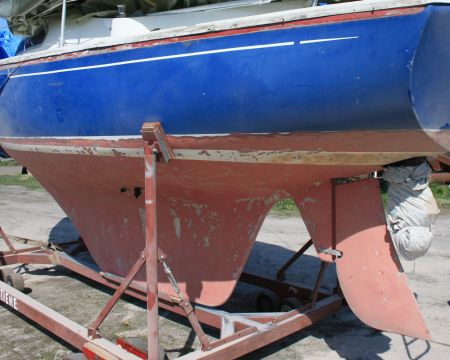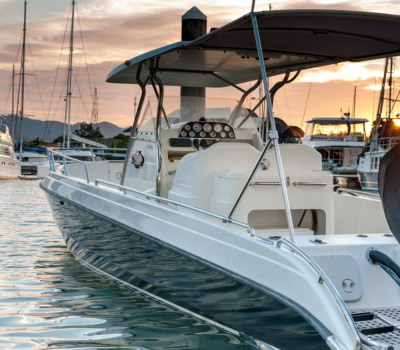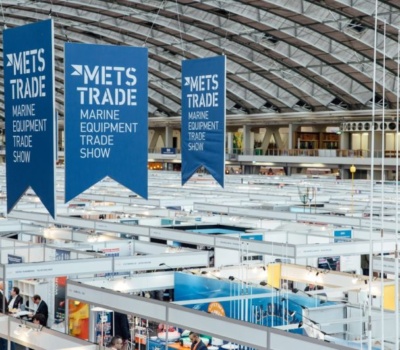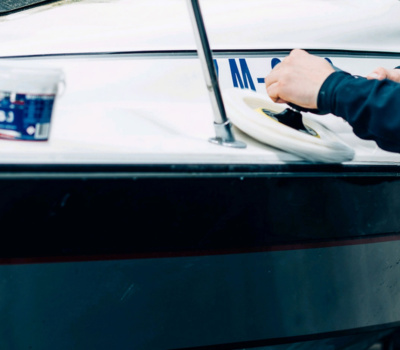In the April-May issue of magazin Wind, you will find a guide text on the prevention and treatment of osmosis using Sea-Line products.
An old proverb says that prevention is better than cure, so we highly recommend reading not only to those who already struggle with osmosis on the hull.In the printed version, you can find Wiatr in most nautical shops and marinas, and always online http://magazynwiatr.pl/archiwum/


We are expanding our offer by introducing two new products that will provide boat enthusiasts

Come and join us at METSTRADE 2023, METSTRADE the best event for marine industry professionals,

Visit us and our production plant without traveling

New in the 2023 season is a new polishing wool The new black and white
Sea-Line HARD and Sea-Line self-polishing antifouling are not intended for aluminum surfaces. They include copper oxide, which in contact with aluminum causes galvanic corrosion. Especially on aluminum, we offer ALU-PLUS self-polishing anti-fouling paint, which, in addition to excellent adhesion to aluminum, is also 30% more effective than traditional anti-fouling paints.
We recommend to always sand the surface between applying two different products to ensure uniform surface roughness and adhesion of subsequent layers. The sanded surface should also be cleaned and degreased.